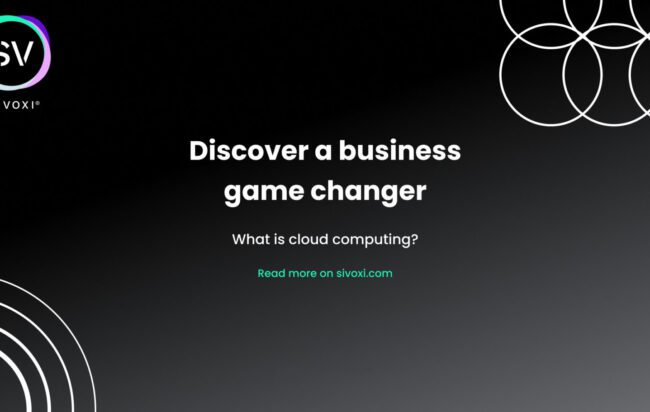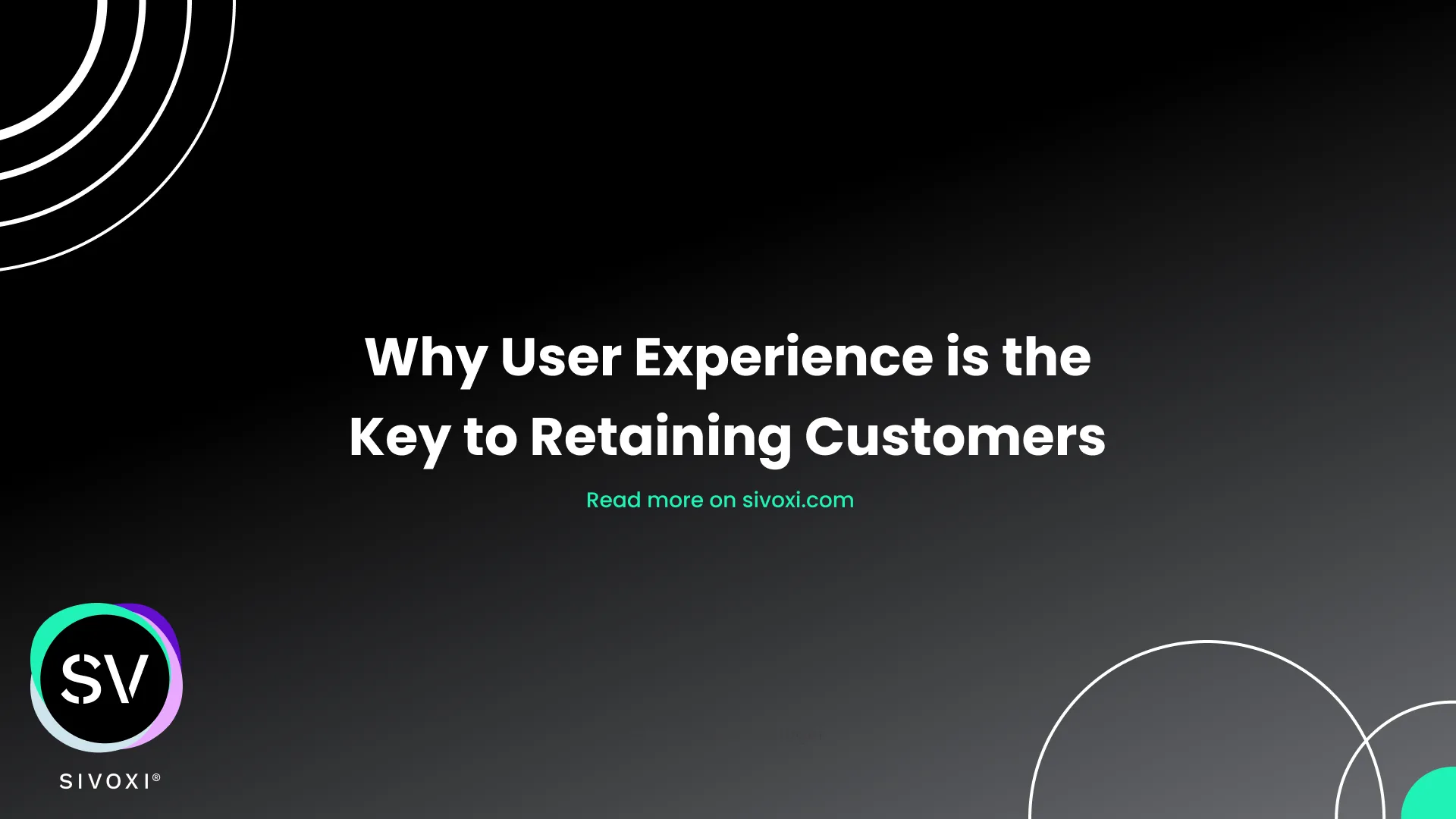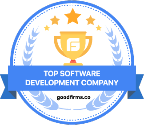Subscription-Based Model
Monthly or annual subscriptions
The primary revenue model for SaaS companies is subscriptions. Customers pay a recurring fee, either monthly or annually, to access the software. This model provides predictable revenue streams for the provider and budget-friendly options for businesses. The subscription fee often varies based on the features included, allowing companies to choose a plan that fits their needs.
Tiered pricing
SaaS providers often offer tiered pricing structures to cater to different customer segments. Basic tiers might include essential features, while higher tiers offer advanced functionalities, additional support, or more users. This approach not only maximises revenue by appealing to a broader audience but also encourages customers to upgrade as their needs grow.
Freemium model
Attracting users with free plans
Many SaaS companies utilise a freemium model, offering a basic version of their software for free. This strategy attracts a large user base quickly, as there is no initial cost barrier. Free plans typically include limited features, which encourages users to upgrade to paid versions to access premium functionalities.
Conversion to paid plans
The key to the freemium model’s success is converting free users into paying customers. SaaS providers achieve this by offering valuable features that solve specific business problems, demonstrating the benefits of the paid versions through the free plan, and providing excellent user experiences that build trust and loyalty.
Usage-based billing
Pay-as-you-go
Some SaaS solutions adopt a usage-based billing model, where customers are charged based on their usage of the software. This approach is particularly popular in industries with fluctuating demands, such as cloud storage or computing power. It allows businesses to scale costs directly with their usage, providing financial flexibility.
Value-based pricing
In usage-based billing, the price is often tied to the value delivered. For example, a CRM platform might charge based on the number of contacts managed or the volume of sales transactions processed. This ensures that businesses only pay for what they need and use, making the software investment more justifiable.
Enterprise licensing
Custom solutions for large organisations
For larger enterprises with unique needs, SaaS providers often offer enterprise licensing. These are custom agreements that can include tailored features, dedicated support, and integration with other business systems. Enterprise licensing typically involves higher fees and longer contract terms, ensuring a significant revenue stream for the provider.
Enhanced support and security
Large organisations often require robust support and heightened security measures, which are included in enterprise licensing agreements. This added value justifies the higher cost and ensures that the SaaS provider can meet the stringent requirements of big businesses.
Add-ons and integrations
Selling additional features
SaaS companies increase revenue by offering add-ons and integrations. These can include advanced features, additional storage, or integration with other popular software tools. Businesses can customise their software experience by purchasing these extras, ensuring they only pay for what they need.
Partner ecosystems
Many SaaS providers build ecosystems with third-party partners, offering integrations that extend the software’s functionality. These partnerships not only enhance the value of the SaaS solution but also create additional revenue streams through shared sales and commissions.
SaaS solutions have revolutionised software delivery to cater to businesses of all sizes. By understanding how these companies generate revenue, you can make more informed decisions. Embracing SaaS solutions can unlock significant operational efficiencies and drive business growth.











